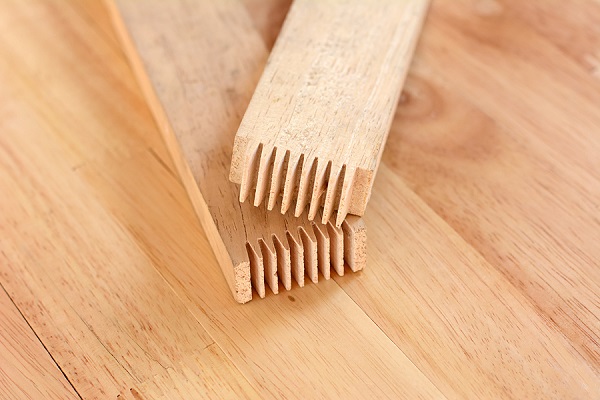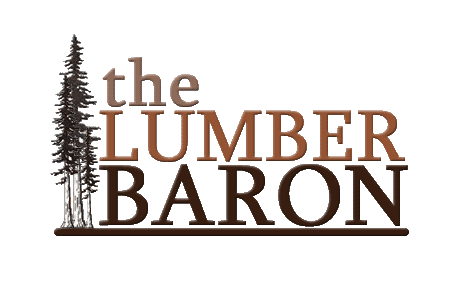When you do business with The Lumber Baron, we want you to make informed decisions. Finger jointed material is one subject our customers may not always understand, so we have put together some information to help.

What is a Finger Joint?
To get a general idea of how a finger joint looks, and how it got its name, interlock your fingers. A finger joint, also referred to as a box joint, is designed to connect pieces of lumber butt-to-butt. Because of the interlocking cuts used in a finger joint, it is much stronger than lap joints.
Where are Finger Joints Used?
Finger jointing is commonly used in furniture building. Because finger joints create a strong joint, they are excellent for wooden tables or chairs. They can also be used for long railings. In the State of California, some finger jointed lumber may be used as studs.
Siding can be finger jointed as well, and there are applications when it would be appropriate. The problem is that some lumber companies will pre-prime the siding, hiding those joints from view. It is one thing to sell a product with the joints visible to buyers, but attempting to disguise them is unfair to the customer.
Drawbacks of Finger Jointed Siding
At The Lumber Baron, we do not recommend finger jointed material when it can be avoided. Not only is finger jointed lumber less structurally sound, the joints tend to become problematic over time. With complete milling services on site, we are able to provide you with top quality cuts of lumber without finger joints. The finished product has a more appealing look, with no need to worry about the joints separating in the future.
The Lumber Baron specializes in reclaimed lumber, much of which is perfect for milling into siding. We have an amazing selection of redwood, Douglas fir and cedar on hand, and we can custom mill your lumber to suit. Visit our lumber yard today!



 Reclaimed redwood
Reclaimed redwood Reclaimed lumber has a few advantages over fresh wood. It can be used in many places, indoors and out, to create a unique appearance, add strength, or capture a bit of rustic nostalgia. The
Reclaimed lumber has a few advantages over fresh wood. It can be used in many places, indoors and out, to create a unique appearance, add strength, or capture a bit of rustic nostalgia. The